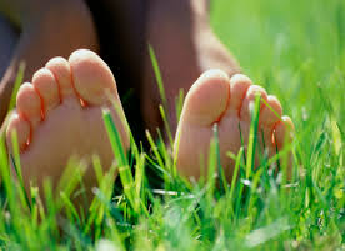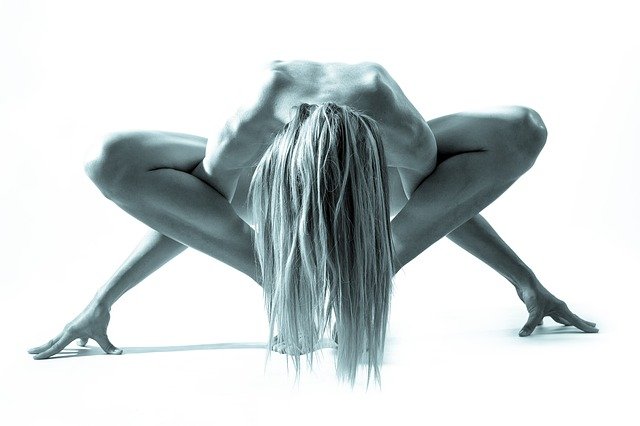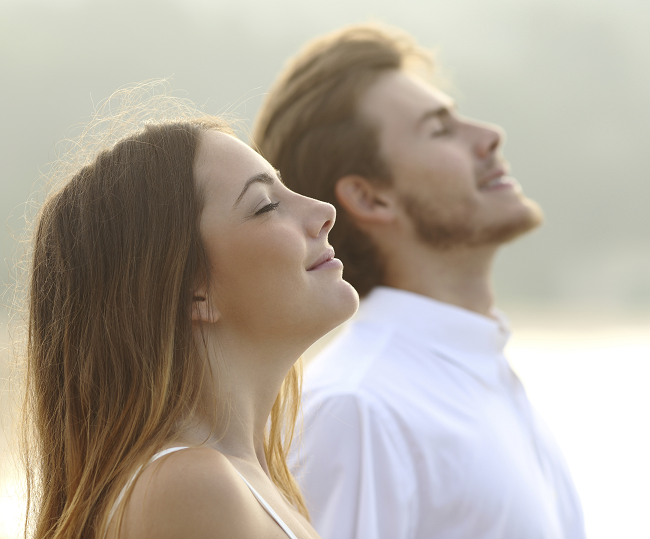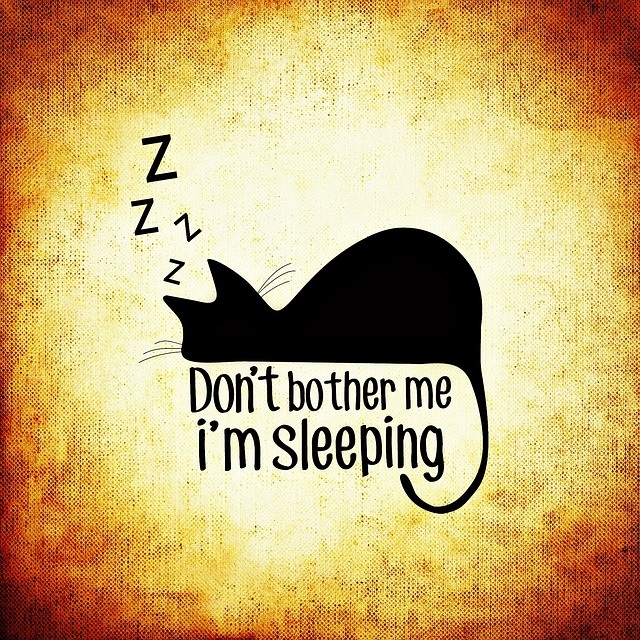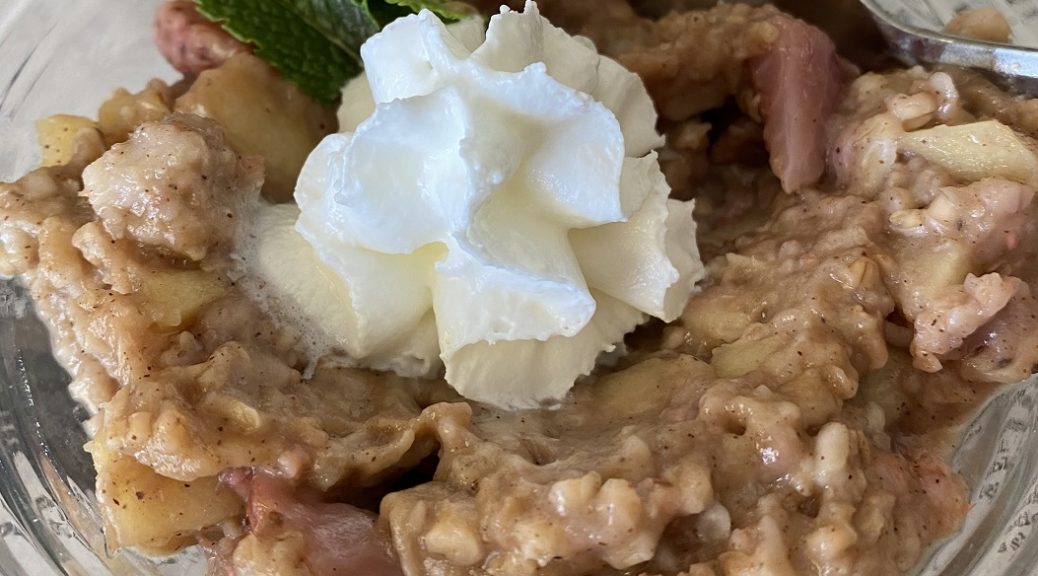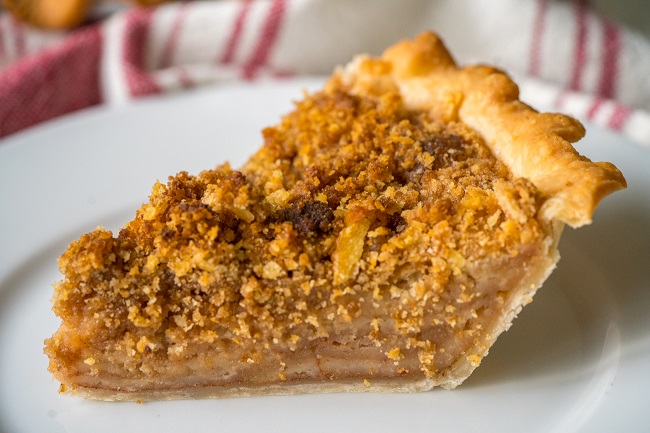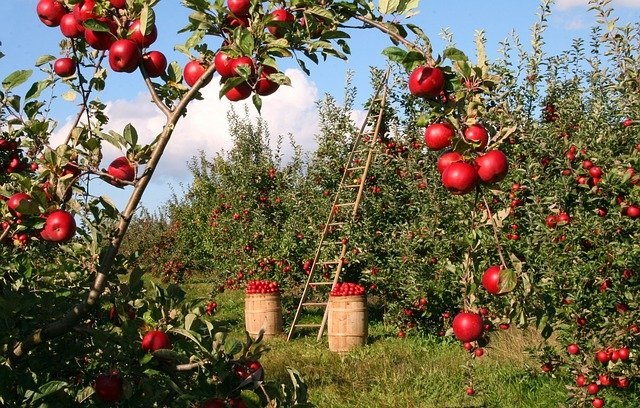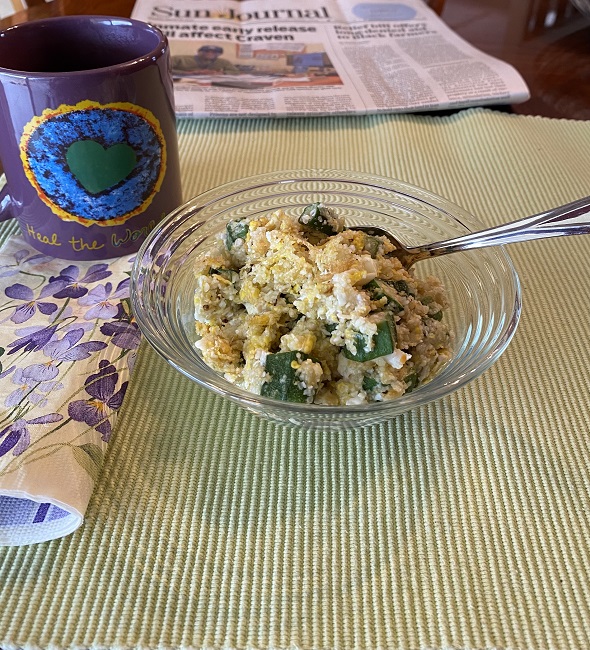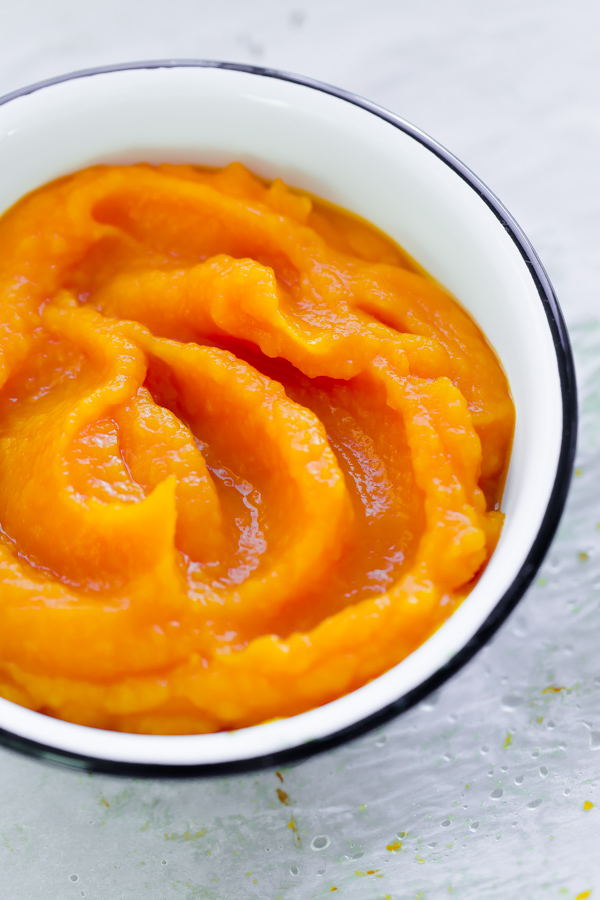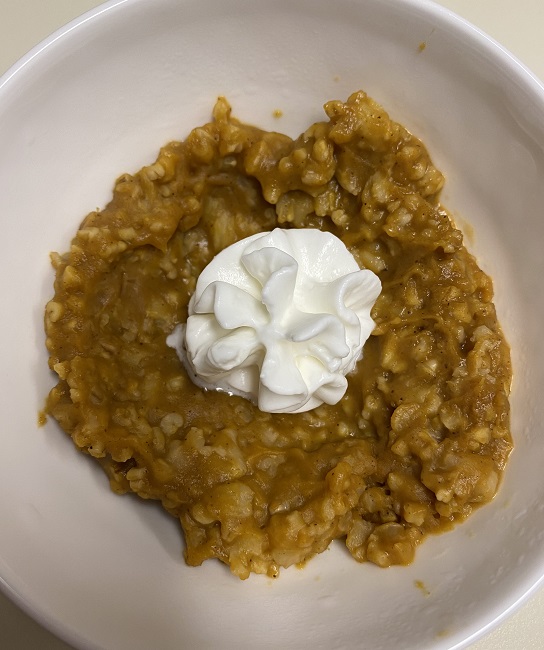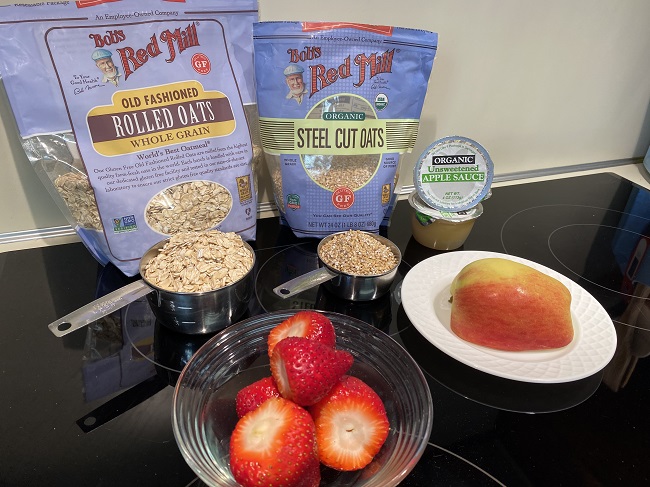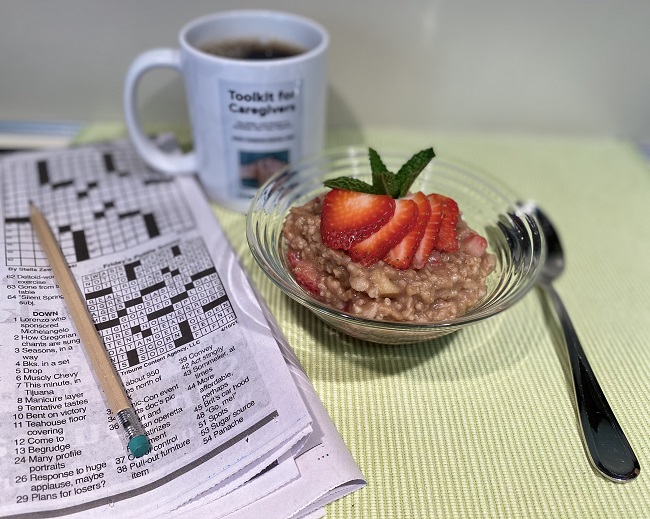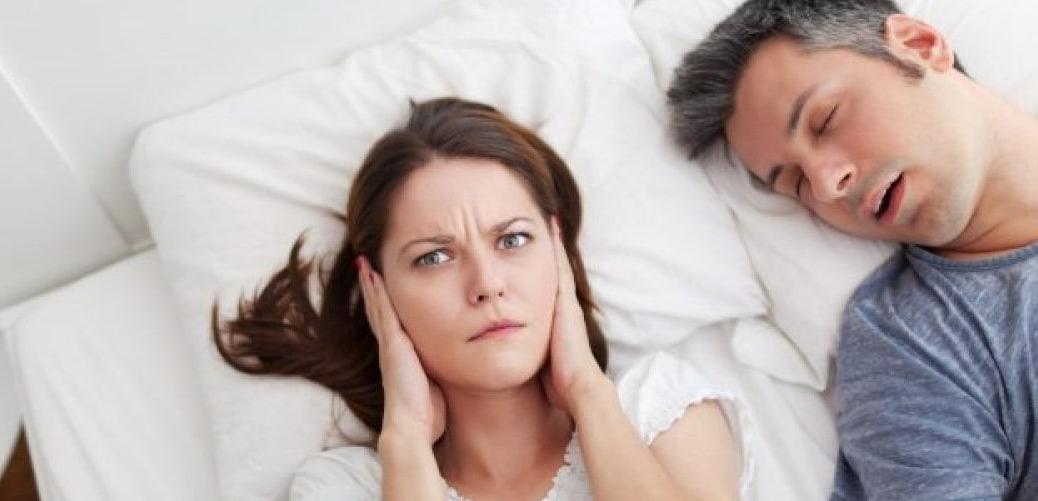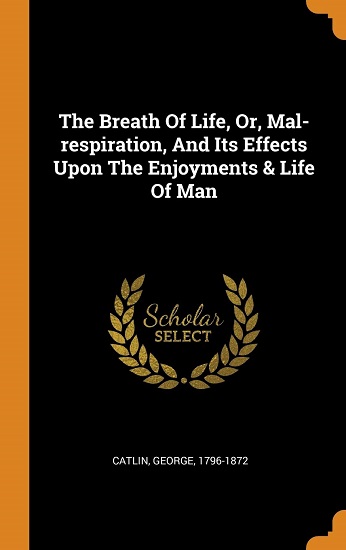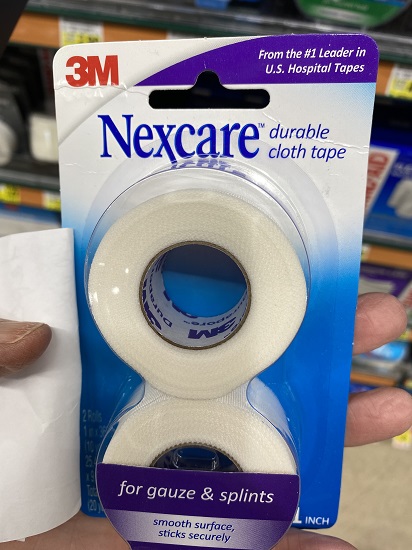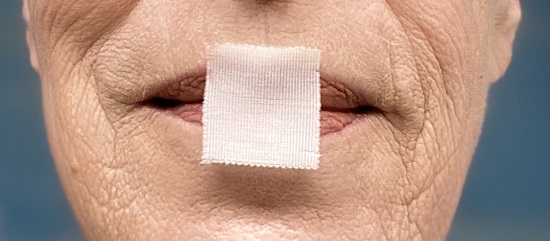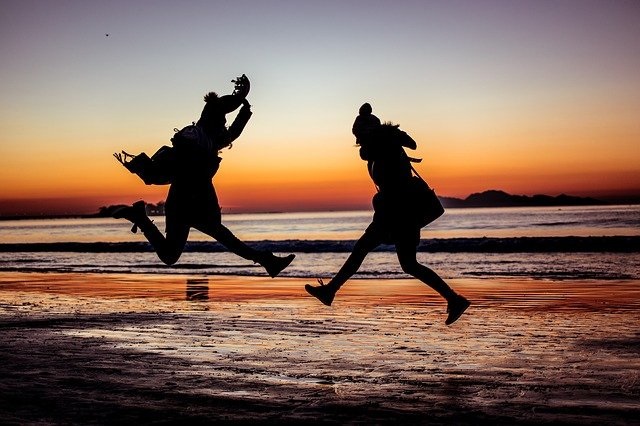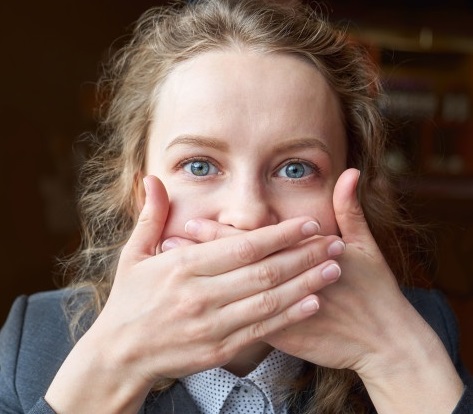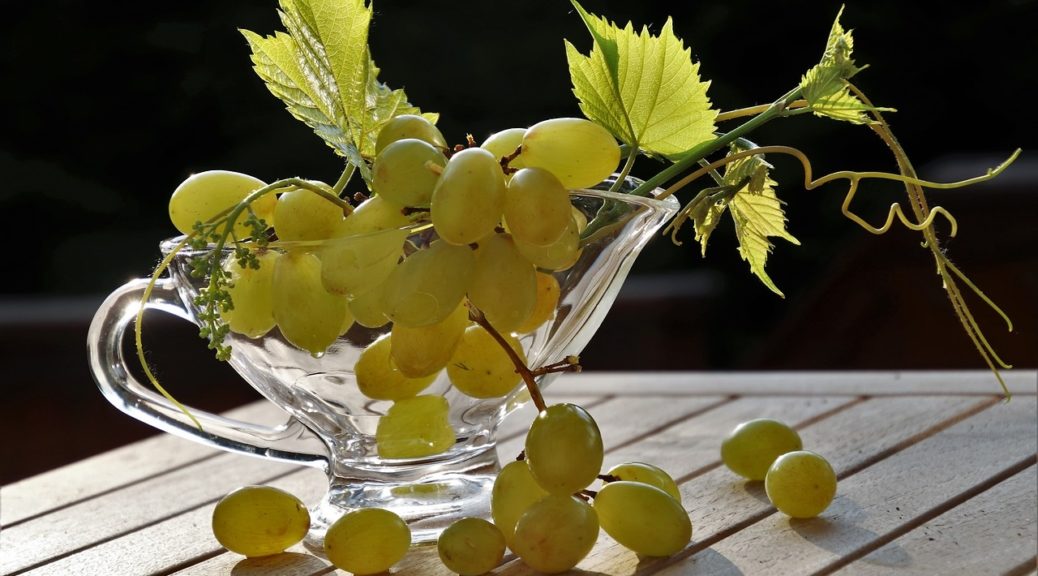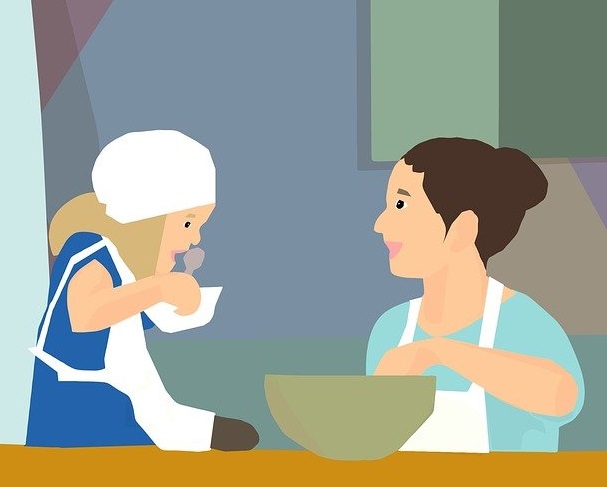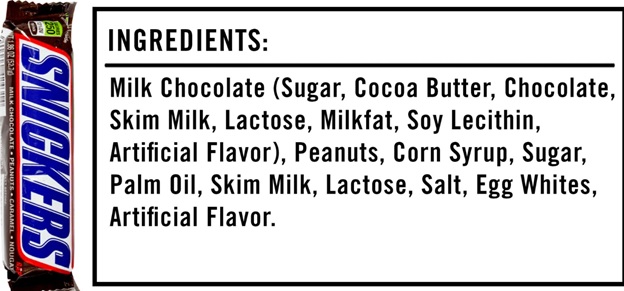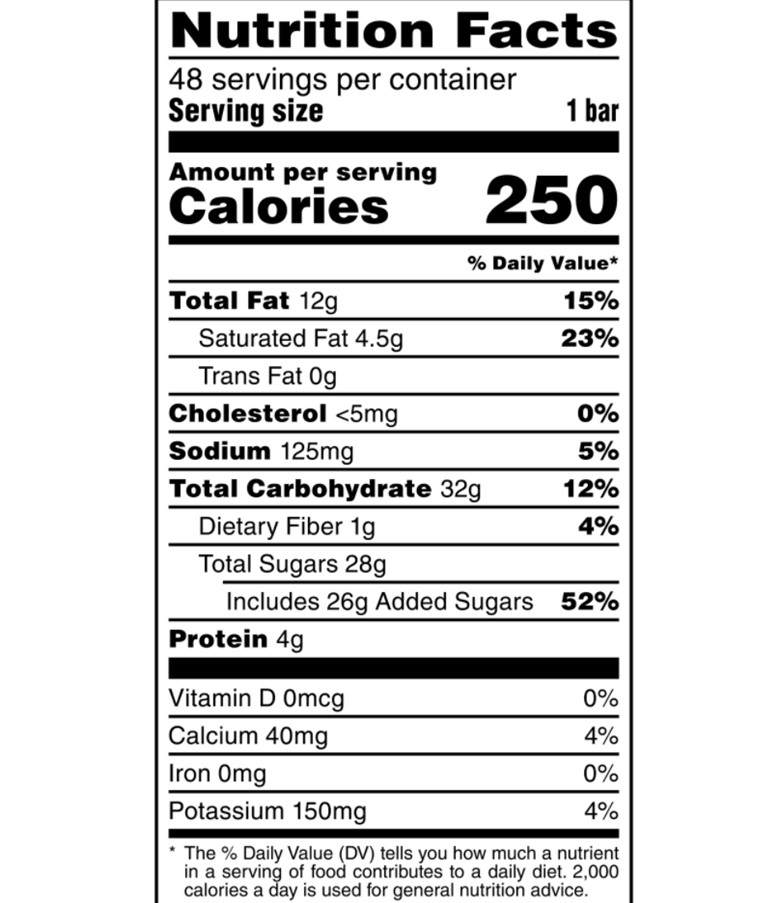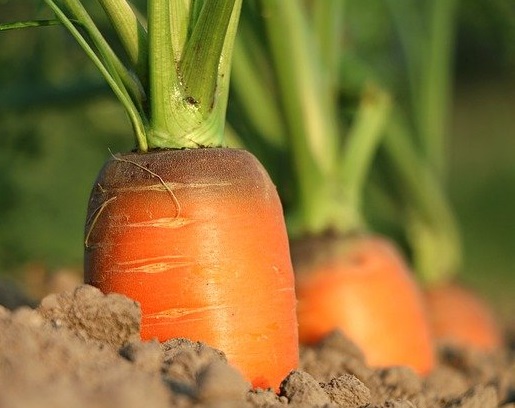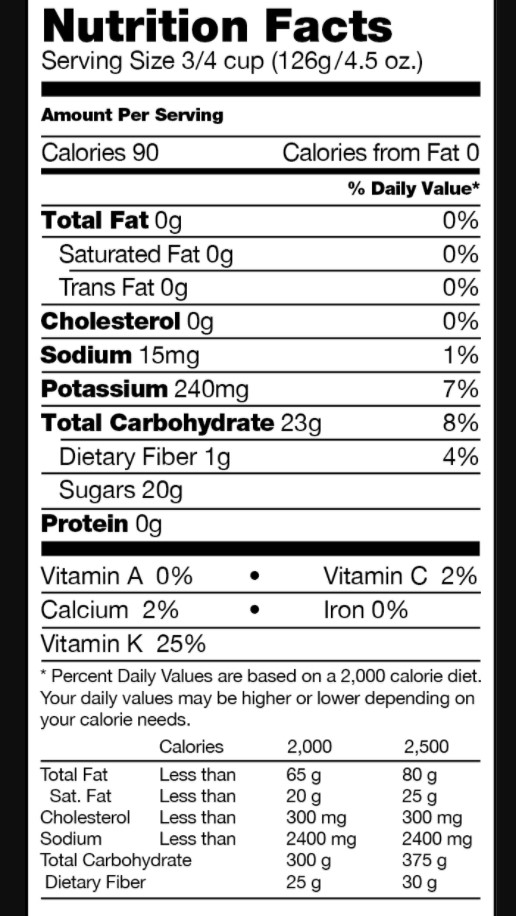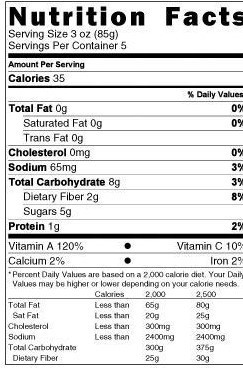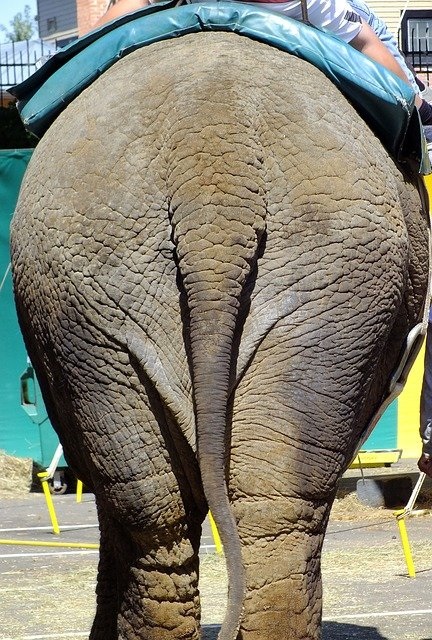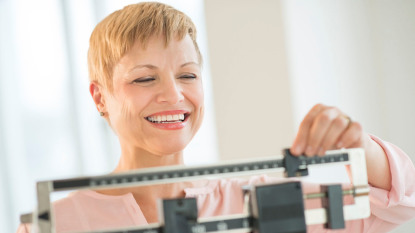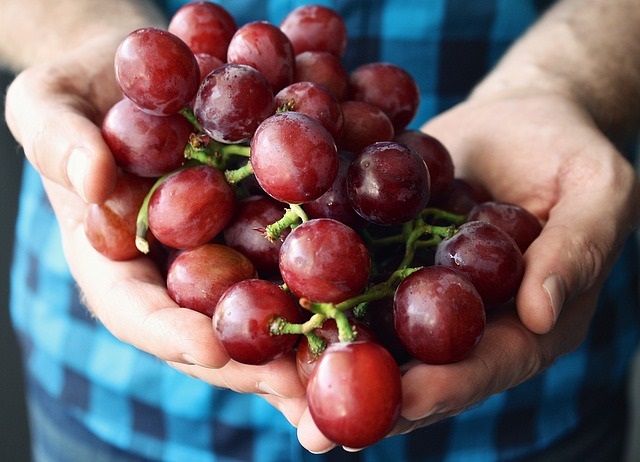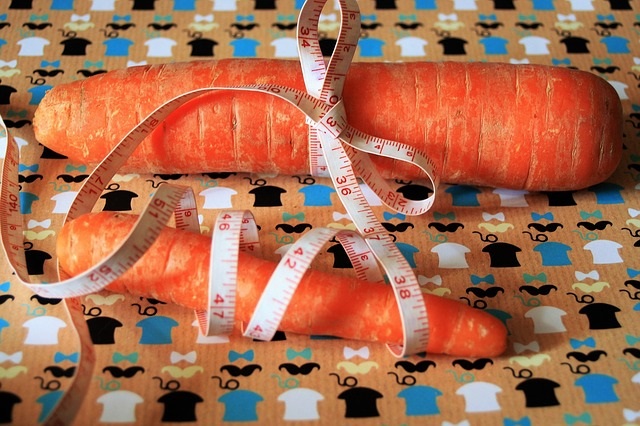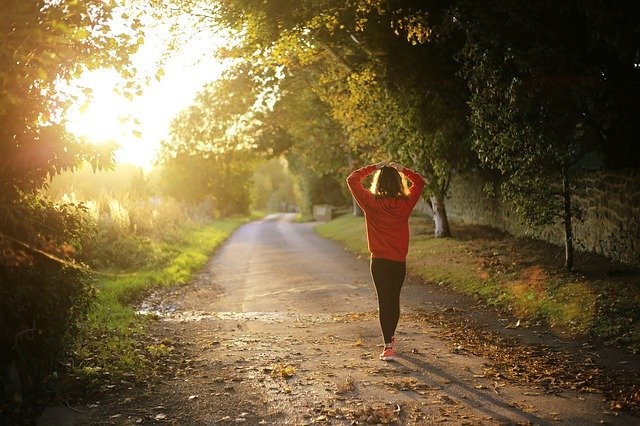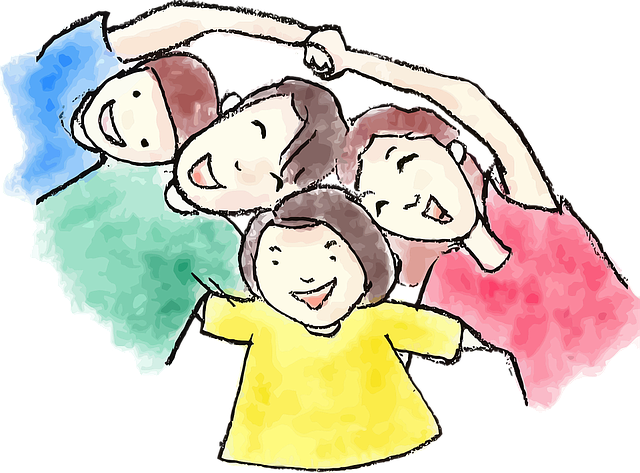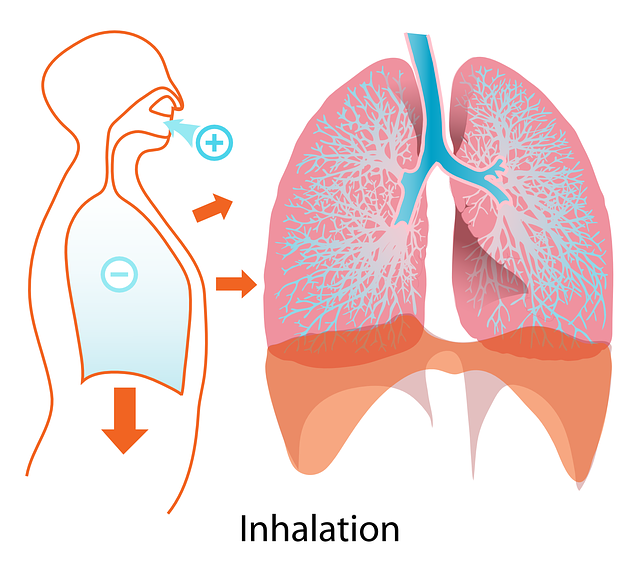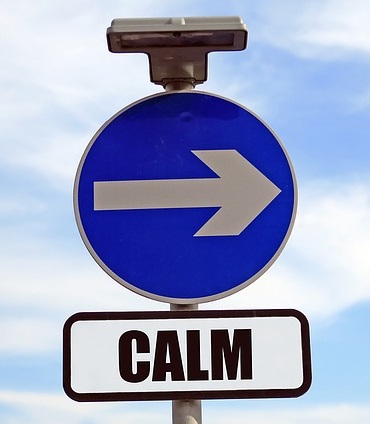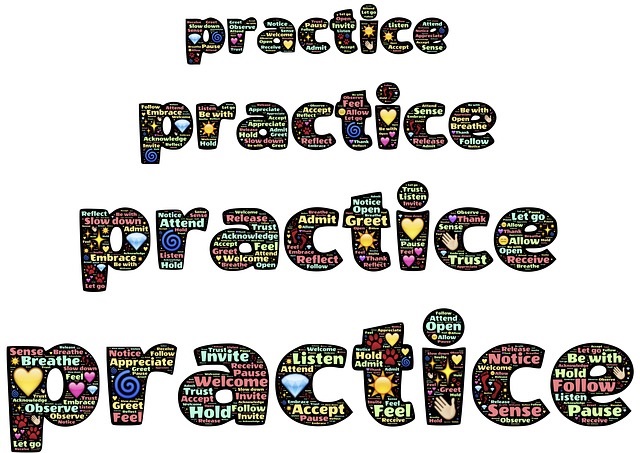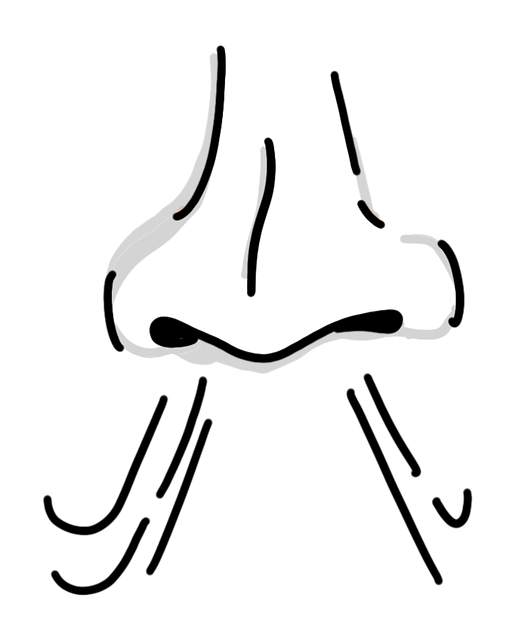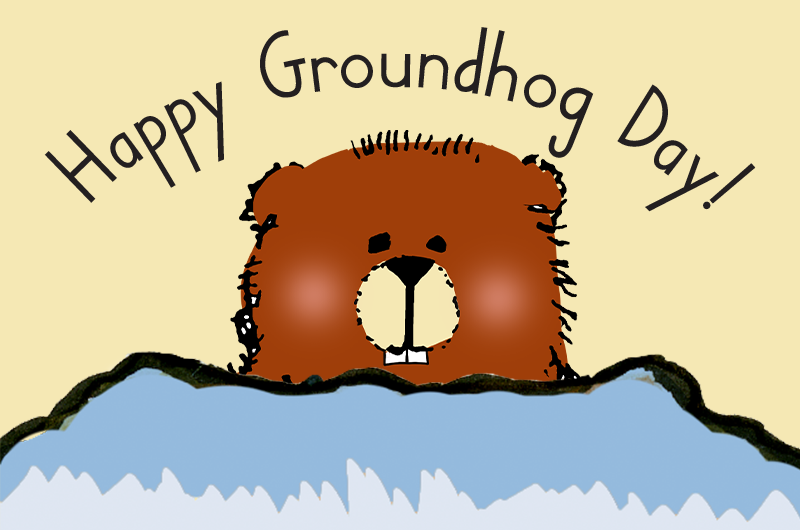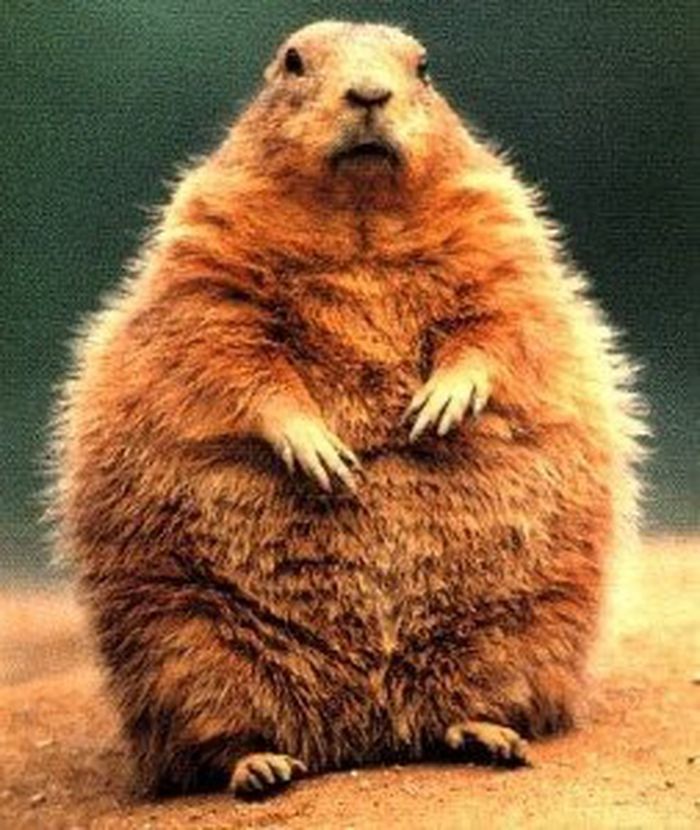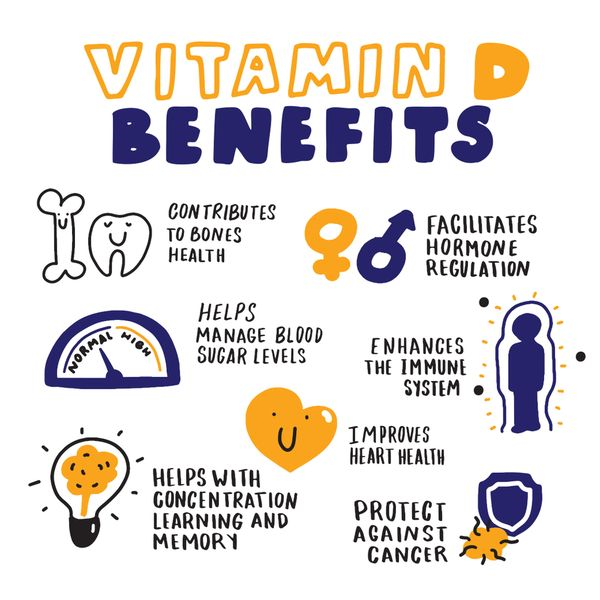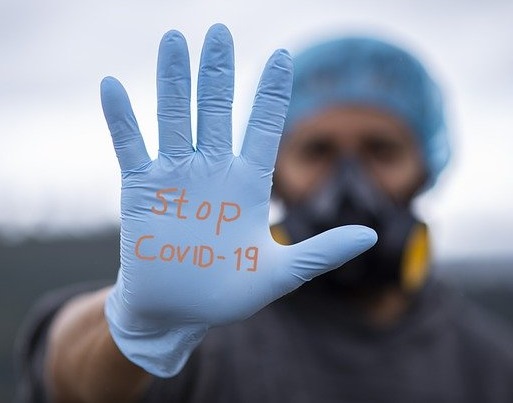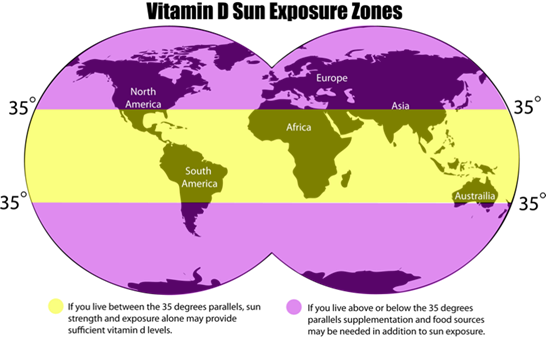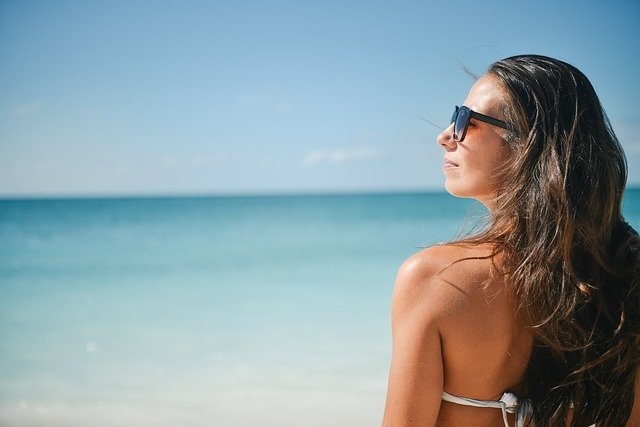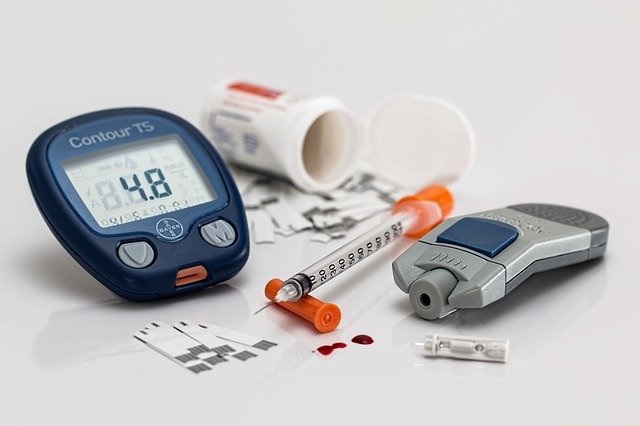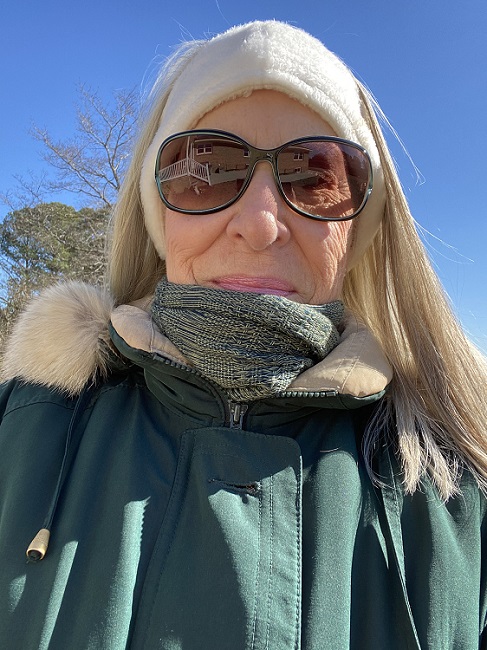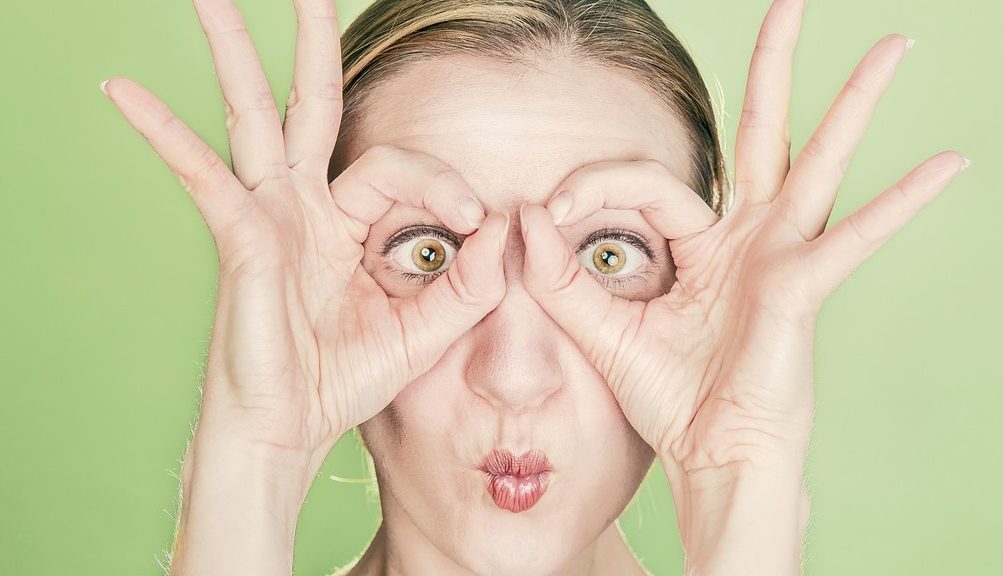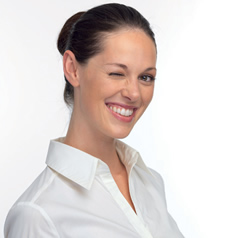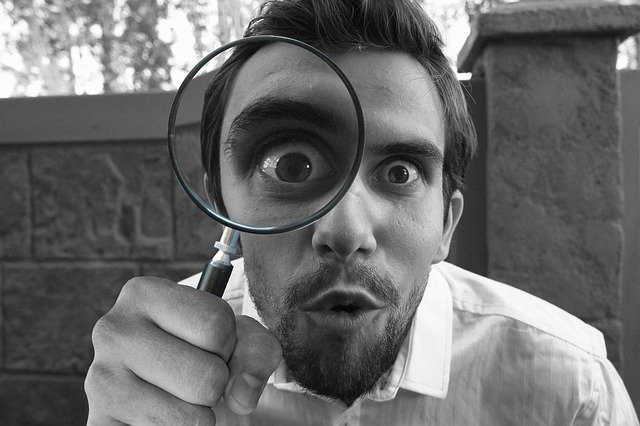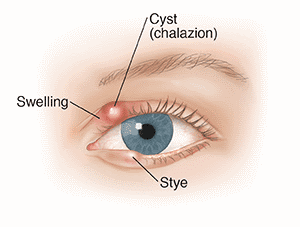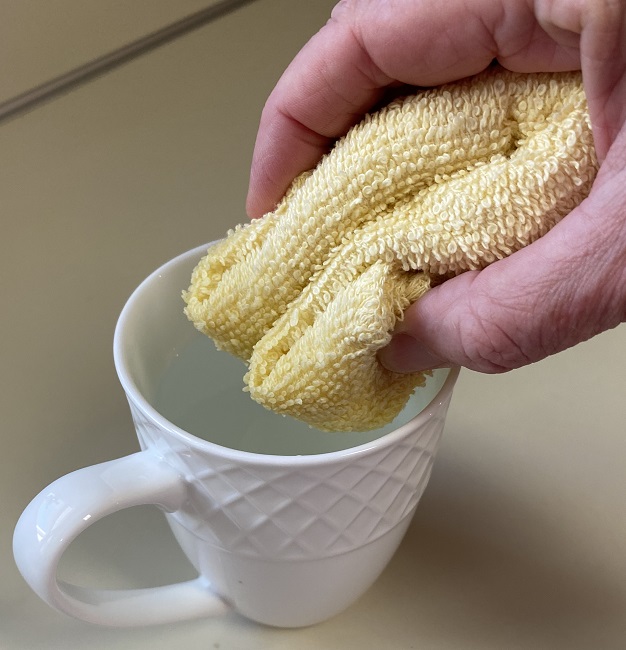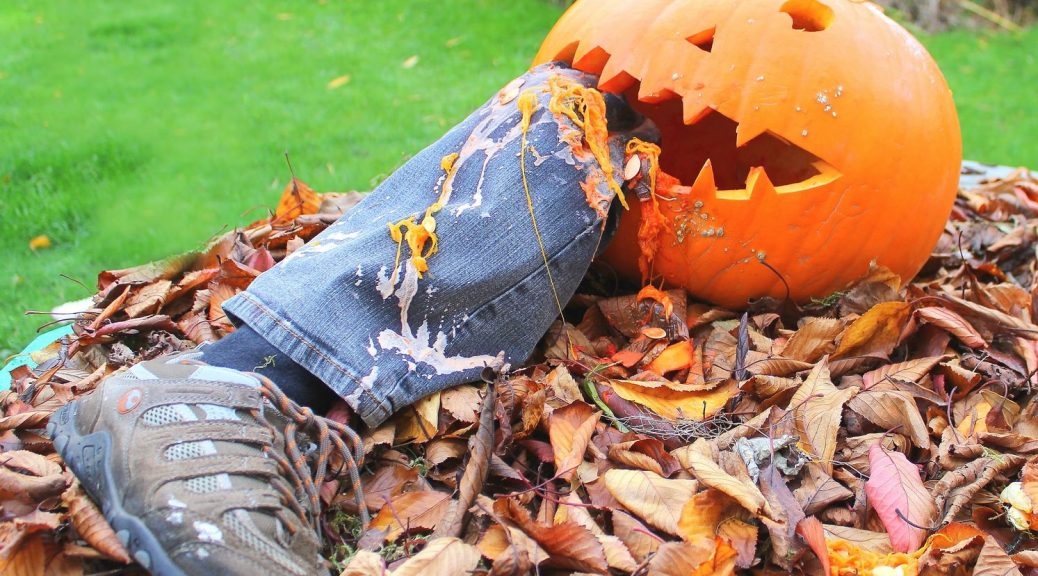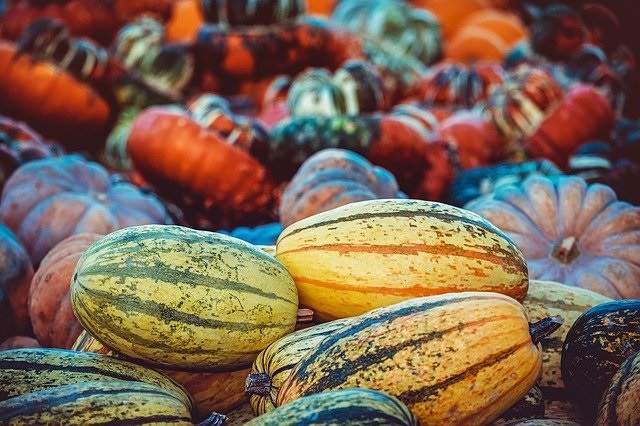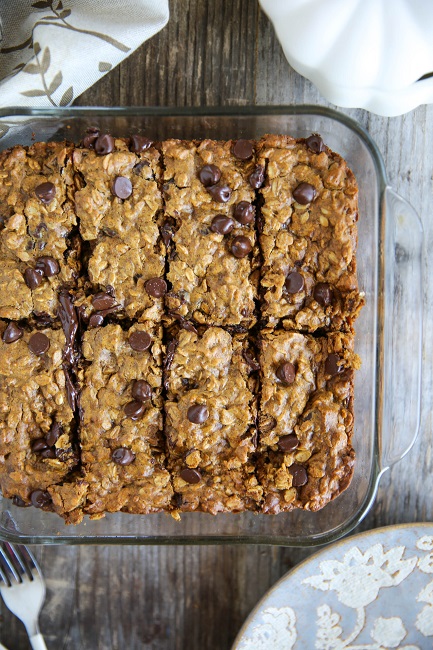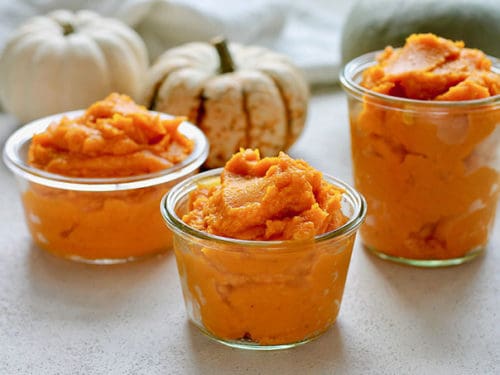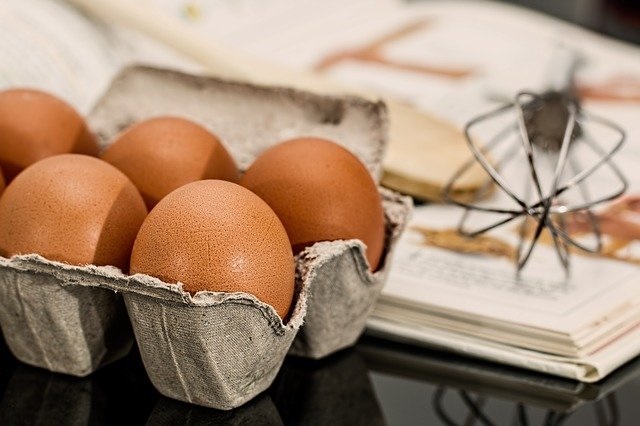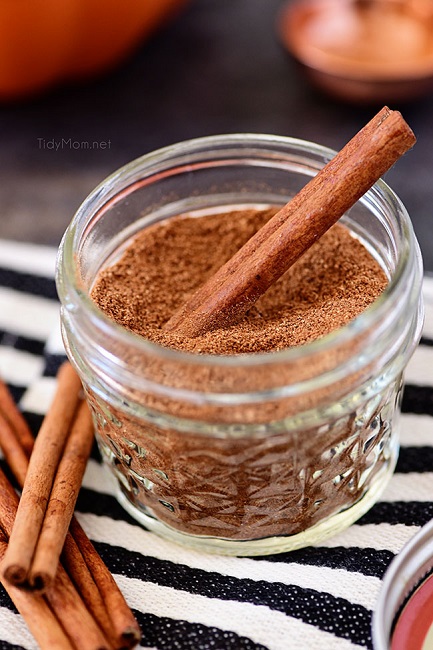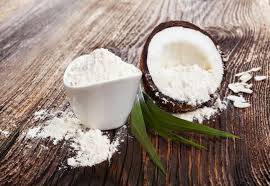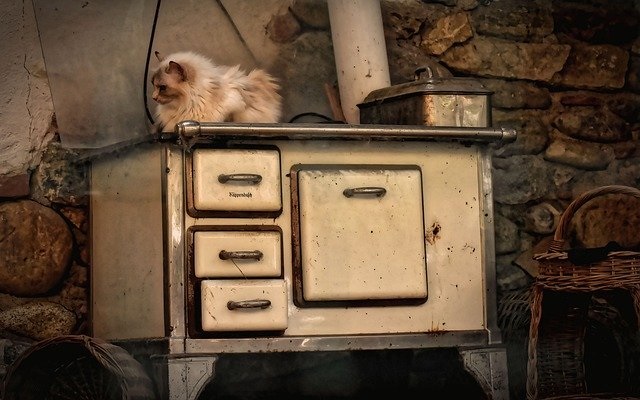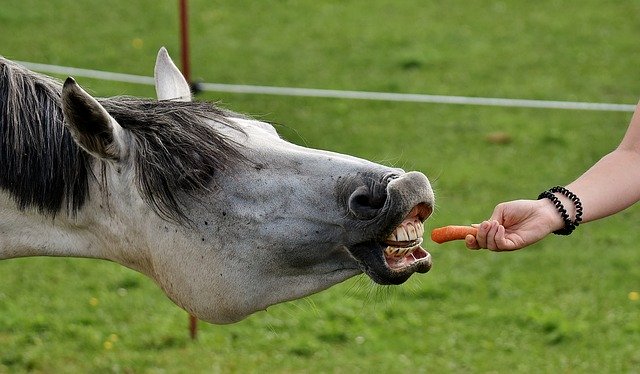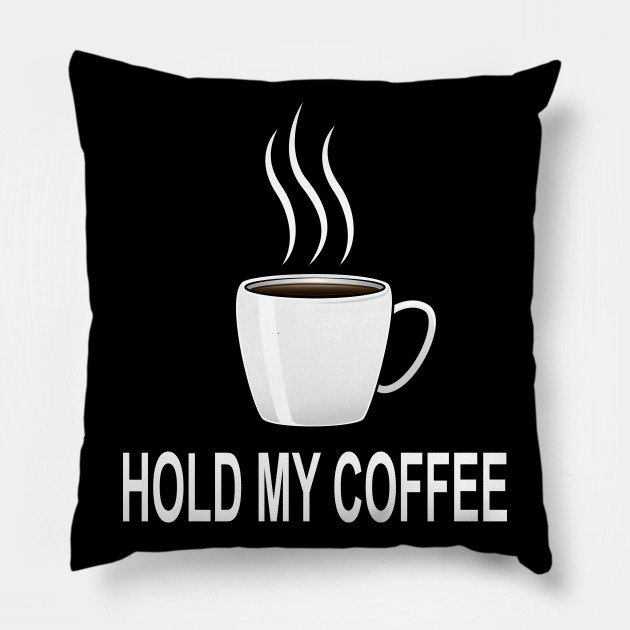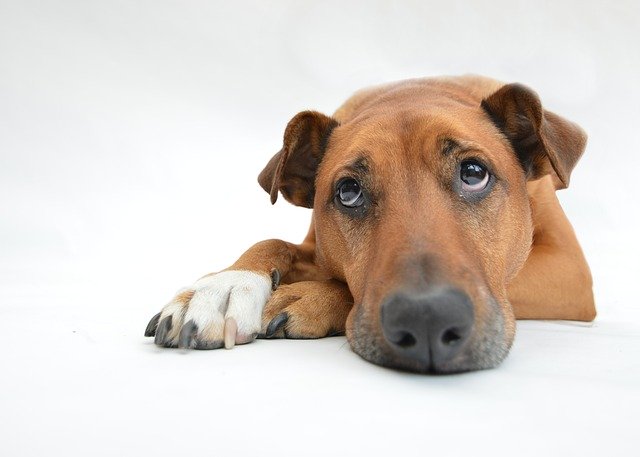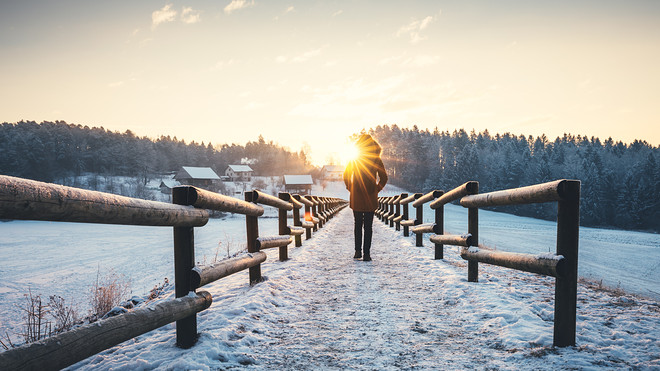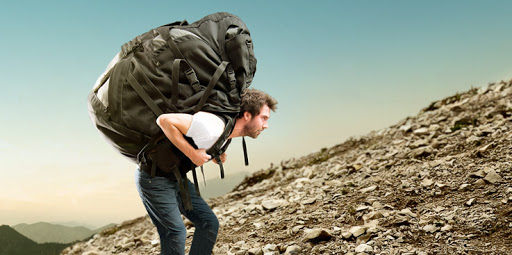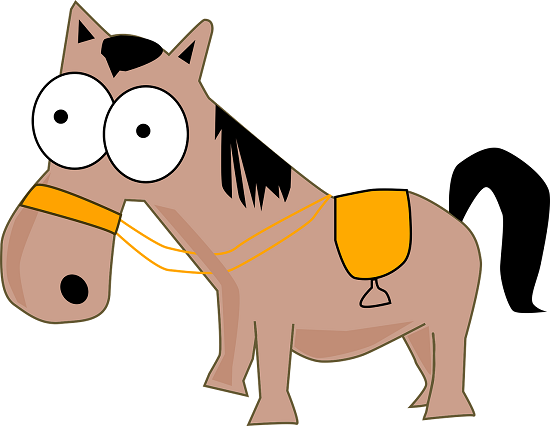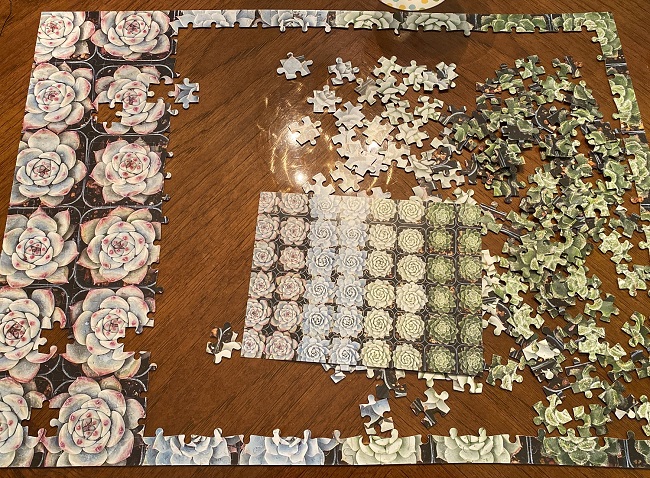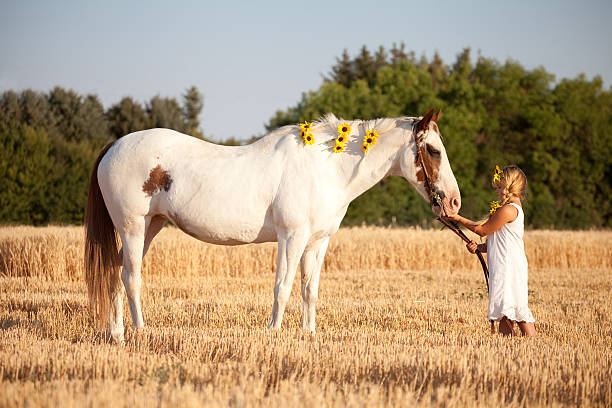Let’s do a body scan …
No, not the kind the TSA folks do. This is the hands-free kind we can do for ourselves – fully clothed before and after yoga, exercise, or a morning stretch routine.
We often assume the time spent in movement is working for us because … well … we did it. Maybe there are feelings of relaxation or invigoration, but who knows if your efforts were a benefit or not? There is a way to do a self-assessment that is easy to perform and will reveal just how your body is responding.
It’s called a body check, body survey, or body scan and involves a mindful, relaxed, and non-judgmental overview of how things are feeling to you.
You can google body scan meditation to find a variety of approaches that will take 15-25 minutes. These scans/surveys/checks can be useful to decrease anxiety, explore pain response, or enter a deeper meditative state.
What I have done recently is bracket a 20-minute movement routine, with a brief two-minute scan, designed to que me into my balance, posture, general positioning, and set me up for a mindful practice and a thoughtful release from the session.
Try this simple body scan before your next time of movement.
BODY SCAN 101
Move to a standing position. Place your feet a shoulder width apart; hands hanging freely at your side.
Just relax and stand comfortably with your eyes closed. There is no right or wrong way to do this.
Notice your feet. Do you have more pressure on one foot than the other? Are you feeling more pressure on the front part of your feet, or are you noticing more weight on the heels? Is there increased pressure on the outside or inside of your feet?
Notice your lower legs. Are the muscles relaxed or do they feel more tense?
Move your awareness to your knees. Are your knees slightly bent? Maybe they are pushed back? As you stand, is your weight evenly distributed on both knees?
Notice your hips and pelvis. Is your pelvis tilted forward creating a forward bow to your lower back? Maybe your pelvis is tucked toward your back, causing your tail bone to lower?
Notice your belly. Is it more toward your spine, or is it relaxed in a neutral position, or is it pushed out?
Consider your arms and shoulders. Are your shoulders more back and in alignment with your ears? Or perhaps your shoulders are more forward, and your upper back is more rounded? Are your shoulders at the same height, or maybe one is higher than the other? Are your arms hanging at your sides the same way, or is one different?
Notice your neck and head. Is your head centered and balanced, or is it tilted forward, back, or to the side? Are your head and neck in alignment with your shoulders or are they leaning more forward?
This constitutes a pre-check. Open your eyes and move into your yoga, Pilates, aerobics, nature walk, or other exercise.
Conclude your movement routine with another body scan. It may surprise you how differently your body is oriented and balanced.
This time, when you open your eyes, gently and naturally walk around your immediate area. How does it feel to move through the space? Is it different from prior to exercise?
I have found this simple practice to be so centering. A mindful bracketing of movements using this body scan will set you up for a more balanced approach to the rest of your day and will clue you into to how your body is responding to movement.
If this post was useful to you, please share with others by clicking on the share button below and don’t forget to subscribe through the box on the left so you never miss an issue of FoodTalk4You!
In health-
Deidre




